Oral Health Tips
our dental health advice
How to brush and floss
Brush your teeth at least twice a day using: small circular movements, toothpaste that contains fluoride, a pea-sized blob of fluoride toothpaste is enough. Fluoride helps to strengthen and protect teeth. Make sure that you replace your toothbrush regularly when the bristles get out of shape. This is usually around every three months. You also need to clean between your teeth each day, using dental floss or interdental brushes.

Diet advice
Try to cut down on sugary snacks or drinks. Each time you eat sugar, the bacteria in your mouth react by producing acid. This acid will attack the enamel on your teeth and cause dental decay. By eating sugary treats at mealtimes rather than snacking during the day, you can reduce the amount of time your teeth are under attack. It also helps to chew sugar-free gum for 10 to 20 minutes after your meal. Chewing produces saliva which neutralises the acidity produced by the bacteria and helps to restore the natural balance of chemicals in your mouth.
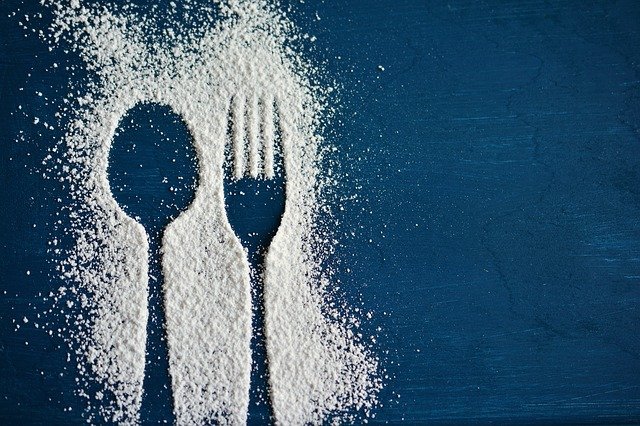
Check-up frequency
Make sure you register with a dentist and go for regular check-ups. The dentist will tell you how often you should have check-ups, as it depends on your age and how healthy your teeth and gums are. For adults, the interval between check-ups is usually between three months and two years. Visiting your dentist regularly means that any problems will be caught early, so they will be easier to treat.
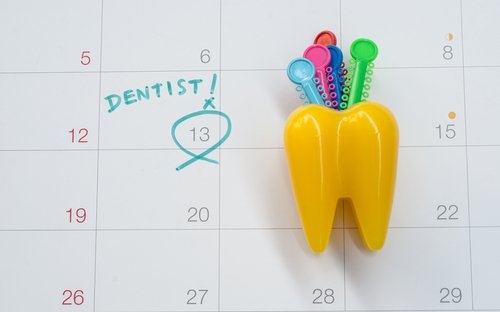
Flossing
Poor flossing can have the same effect as not flossing at all and, if done badly, can damage your gums. Follow the steps outlined in order to ensure that you floss correctly: Cut off a 40cm (about 16 inches) section of floss, and wind most of it around the middle finger of one hand. Wind the other end of the floss around the middle finger of your other hand. This finger will be used to take up the excess floss after you have used it. Grip the floss with your thumb and forefinger of each hand, so that you have a tight 3cm (1 inch) length of floss between your two hands, which you can pull between your teeth. Gently guide the floss between two of your teeth down to the gum. Curve the floss around the tooth, and gently scrape it along the side of the tooth, moving away from the gum. Guide the floss back to the gum and repeat a further two times. Repeat this process for the other side of the gap, along the side of the next tooth. Use a new section of floss for each tooth, winding the used floss onto the middle finger of your other hand as you go along.
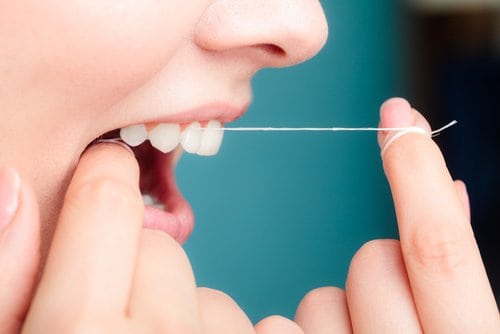
Toothbrush Selection
A good toothbrush should have soft nylon bristles and a small head. Soft bristles are gentler on your gums and will flex more easily to reach between the teeth while a small head allows you to reach all areas of your mouth. Wet your toothbrush slightly. By doing this, your gums will not be torn by the sharp bristles of the toothbrush. Squeeze a pea-size amount of toothpaste onto your toothbrush. Your toothpaste should contain fluoride. Start on the inside of the lower front teeth, with the handle parallel to the row of teeth, just as you would to brush the outside of the same teeth. The concentrated “pea of toothpaste” will work harder at retarding the tartar that tends to accumulate here first. Tilt your toothbrush at a 45 degree angle to your gums and wiggle the brush on the bristle tips, working on just two teeth at a time, for 5-10 seconds. Clean the outside and inside surfaces of the teeth, as well as the chewing or “horizontal” surfaces. Brush (wiggle) along the gum line. This is extremely important, as gum disease starts here. Brush gently to avoid damaging your gums. Pressing harder does more damage than goo

Brushing between the teeth
Many people find interdental brushes easier to use than floss, and they may also cause less bleeding. The brushes have small, bristled heads that are specially designed to clean between your teeth. They can be used instead of floss when the gaps between your teeth are slightly bigger. They are available in different widths to match the sizes of the gaps. To use an interdental brush, gently push it back and forth between your teeth along your gum line, but do not force it, as this can damage your gums. Ask your dentist, or hygienist, to show you how to use interdental brushes if you are unsure.
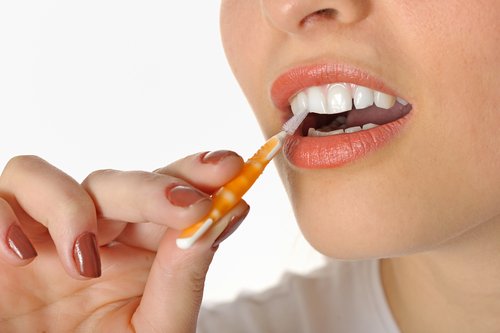
Gingivitis, Bad Breath
To make the antibacterial and other benefits of mouthwash most effective, you should try to use it at a different time to your toothbrush and flossing regime. Using mouthwash at the same time can result in removing the protective effects of your toothpaste. We recommend Corsodyl daily mouthwash, but you can use whatever major brand you prefer, just make sure the mouthwash is alcohol free. A good mouthwash is essential to healthy oral hygiene. It can treat and prevent gum disease and bad breath, and leaves your mouth feeling refreshed and clean.

Advice for kids teeth
You can try to limit tooth decay by cutting down; how often your child has sugary food and drinks and how much sugary food and drinks they consume. Limit sugary foods to mealtimes. Your child shouldn’t have food and drink with added sugar more than four times a day. For babies, don’t add sugar to their weaning foods when you introduce them to solids. If your child needs medicine, ask your pharmacist or GP if a sugar-free version is available. Cavity prevention is not the only concern parents should have when considering their children’s oral health. Recent studies show that periodontal disease continues to plague millions of Americans, including children. The best way to ensure that your child does not get cavities or gingivitis is to instill proper oral habits early. Good oral hygiene routines should be established as early as infancy and continued throughout life.
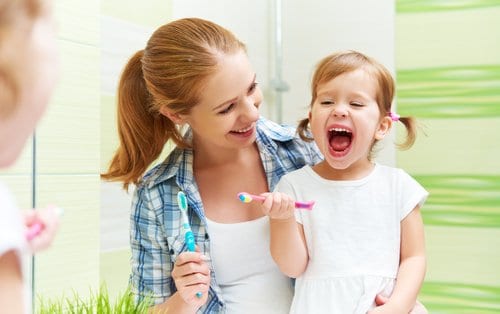
Top Tips
Even before teeth begin to erupt, thoroughly clean your infant’s gums after each feeding with a water-soaked infant washcloth or gauze pad to stimulate the gum tissue and remove food. When the baby’s teeth begin to erupt, brush them gently with a small, soft-bristled toothbrush using a pea-sized amount of fluoridated toothpaste.
A small amount of fluoridated toothpaste will help to inhibit decay. Fluoride is also found in mouth rinses, community water supplies, and in some foods.
At age two or three, you can begin to teach your child proper brushing techniques. But remember, you will need to follow up with brushing and gentle flossing until age seven or eight, when the child has the dexterity to do it alone.
Schedule regular oral health appointments starting around your child’s first birthday. Your oral health professional will check for cavities in the primary teeth and watch for developmental problems, as well as help to create a positive experience that may alleviate fear at future visits.
Allow and encourage your child to discuss any fears he or she might have about oral health visits, but do not mention the words’hurt’ or ‘pain’. Saying “it won’t hurt” instills the possibility of pain in the child’s thought process.
Determine if the water supply that serves your home is fluoridated. If there is not fluoride in your water, discuss supplement options with your dental hygienist.
Ask your dentist about sealant applications to protect the chewing surfaces of your child’s teeth; and about baby bottle tooth decay, which occurs when teeth are frequently exposed to sugar-containing liquids for long periods of time.
Advice from the Dental Health Foundation.
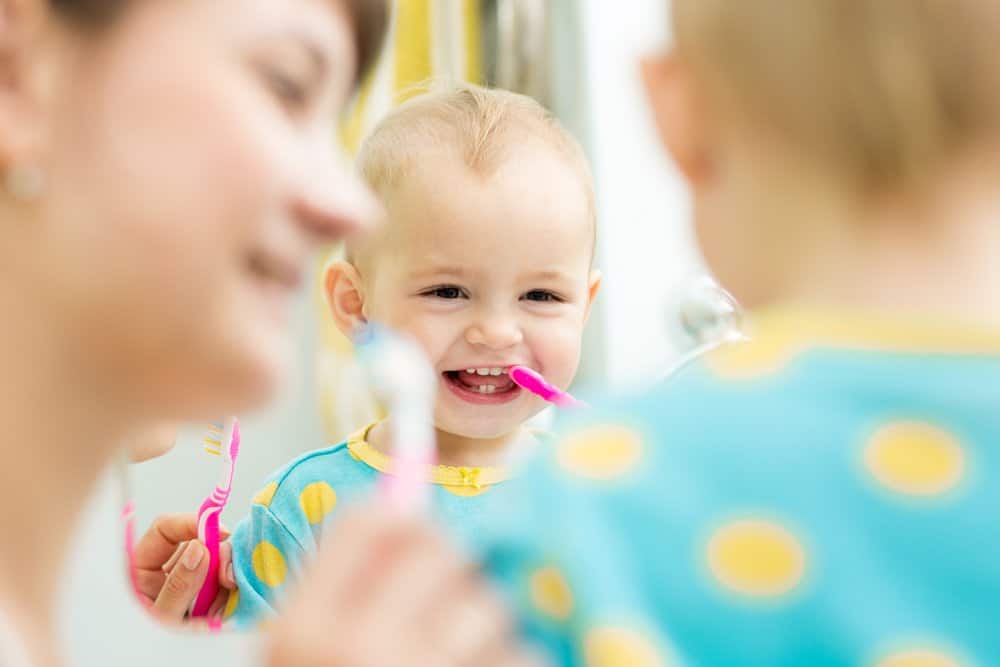

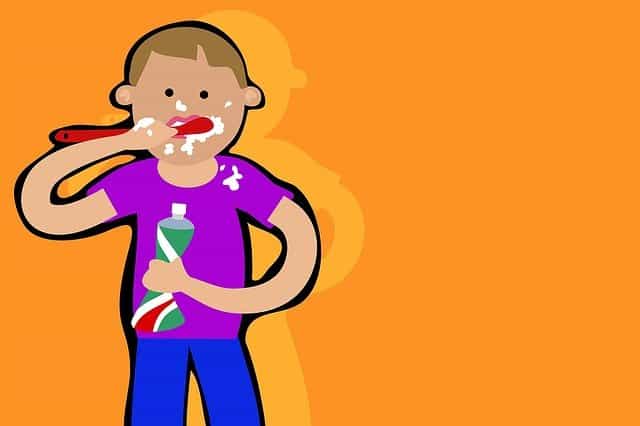
Take it easy
Why not book online?
We have flexible appointment times, both early and late, from 8:30am-9pm

